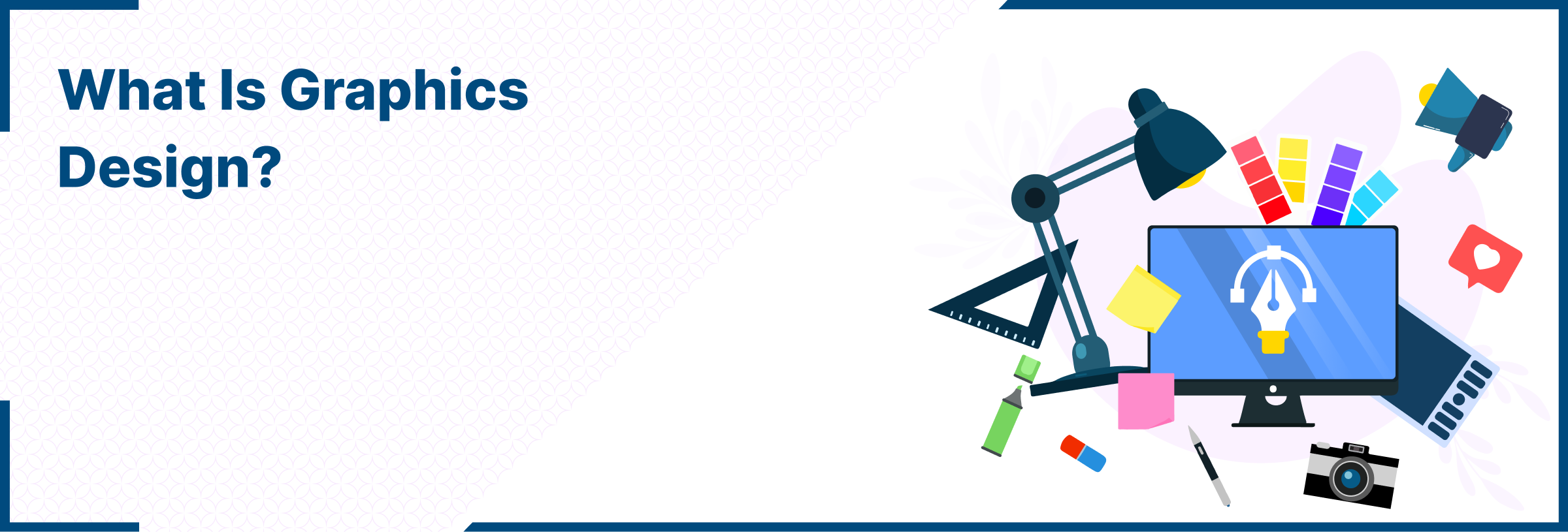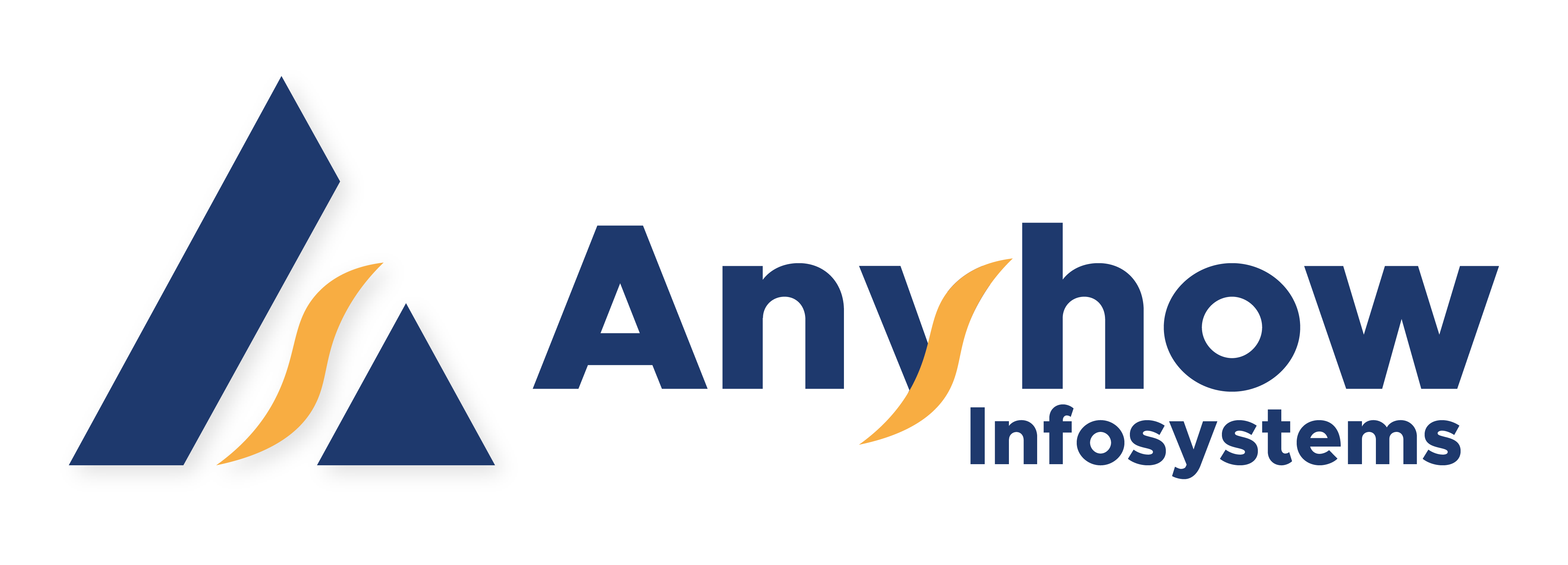Exploring the Landscape of Mobile App Development Technologies
Mobile applications have become an essential part of our lives in the digital era, meeting a wide range of demands from communication to entertainment, productivity to health, and more. Behind the scenes, these mobile apps are powered by a diverse ecosystem of technologies that allow developers to create unique and feature-rich experiences. Let us take a deep dive into the technological ecosystem for designing mobile applications.
Native App Development
Native app development is the process of generating applications for specific platforms utilizing the platform’s programming languages and development environments. The major participants in native app development include:
iOS Development (Swift, Objective-C): For creating apps for Apple’s ecosystem, developers primarily use Swift or Objective-C programming languages along with Xcode IDE. These tools are deeply integrated with Apple’s hardware and software, resulting in maximum performance and user experience.
Android Development (Java, Kotlin): Java was formerly the dominating language for developing Android apps, but Kotlin has gained substantial appeal due to its current features and smooth interaction with Java. Android Studio is the official IDE for Android development, offering a comprehensive toolbox for creating apps for a variety of devices.
Cross-Platform App Development
Cross-platform app development frameworks enable developers to create code once and publish it across various platforms, saving time and effort. Some popular cross-platform frameworks are:
React Native: Facebook developed React Native, which allows developers to create mobile apps using JavaScript and React. It provides a native-like experience and enables for code reuse between iOS and Android platforms, making it a popular choice among developers for its speed and performance.
Flutter: Flutter, powered by Google, is quickly gaining popularity because to its short development cycles and expressive UI. Flutter’s programming language is Dart, and it comes with a large library of pre-designed widgets, allowing developers to create visually attractive apps that work seamlessly on both iOS and Android.
Xamarin: Acquired by Microsoft, Xamarin allows developers to build native apps for iOS, Android, and Windows using C# and .NET. With Xamarin, developers can leverage shared codebases, libraries, and APIs, while still delivering native-like performance and user experiences.
Progressive Web Apps (PWAs)
Progressive Web Apps combine the best of web and mobile technology to provide app-like experiences directly from the browser. PWAs are created with normal web technologies like as HTML, CSS, and JavaScript, but include offline support, push notifications, and home screen installation. They offer a low-cost method for reaching a larger audience via several devices and platforms.
Backend as a Service (BaaS)
Backend as Service Platforms provide cloud-based backend infrastructure and services, letting developers to focus on developing the frontend of mobile apps rather than maintaining servers or infrastructure. Popular BaaS providers include Firebase, AWS Amplify, and Backendless, which provide capabilities like user authentication, real-time databases, file storage, and push alerts, allowing developers to grow their projects rapidly and incorporate complicated functionality.
Conclusion
The mobile app development environment is wide and constantly evolving, with new technologies and frameworks appearing on a regular basis. Whether you’re an experienced developer or just getting started, learning about these technologies may open up a world of possibilities for building unique and compelling mobile experiences. You can bring your mobile app ideas to life and make a significant digital impact by selecting the correct tools and platforms that match your project requirements and goals.





